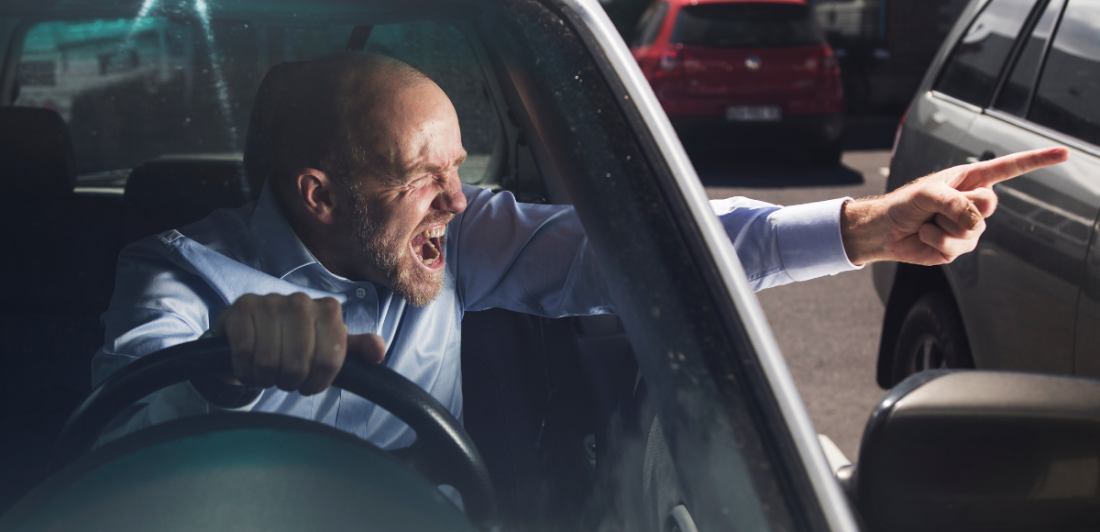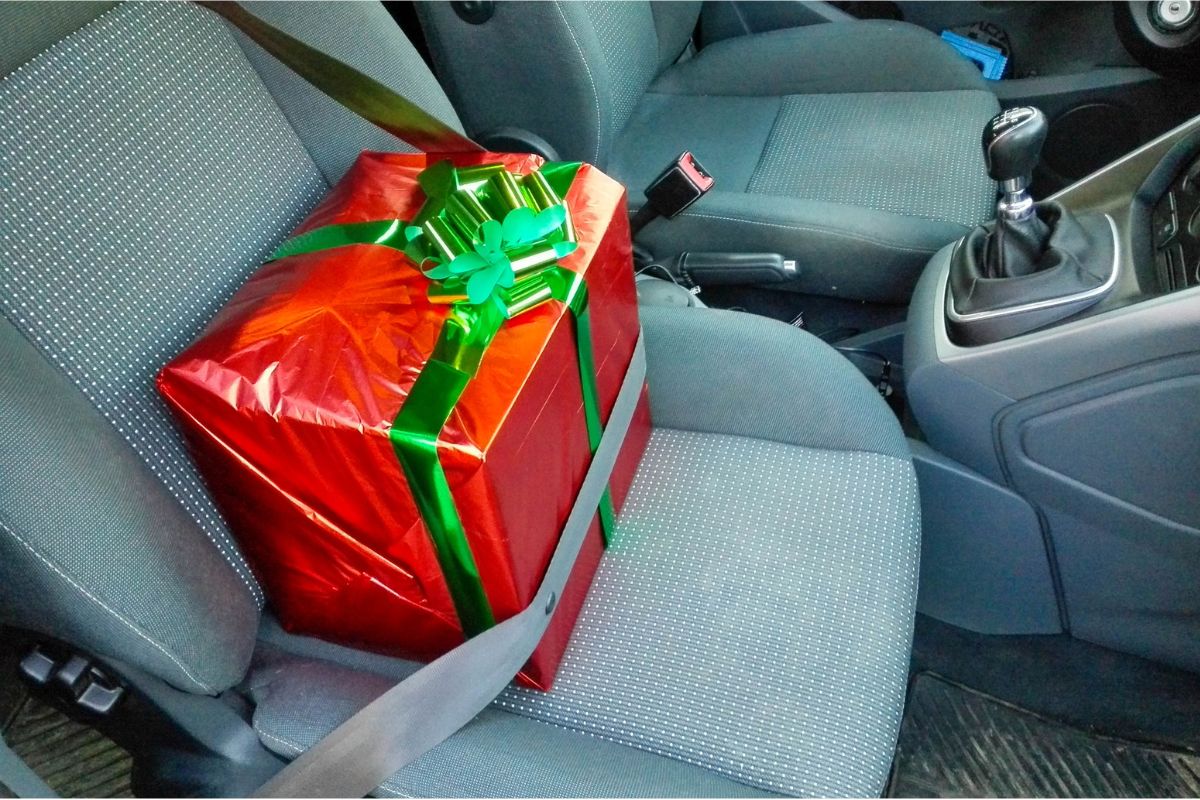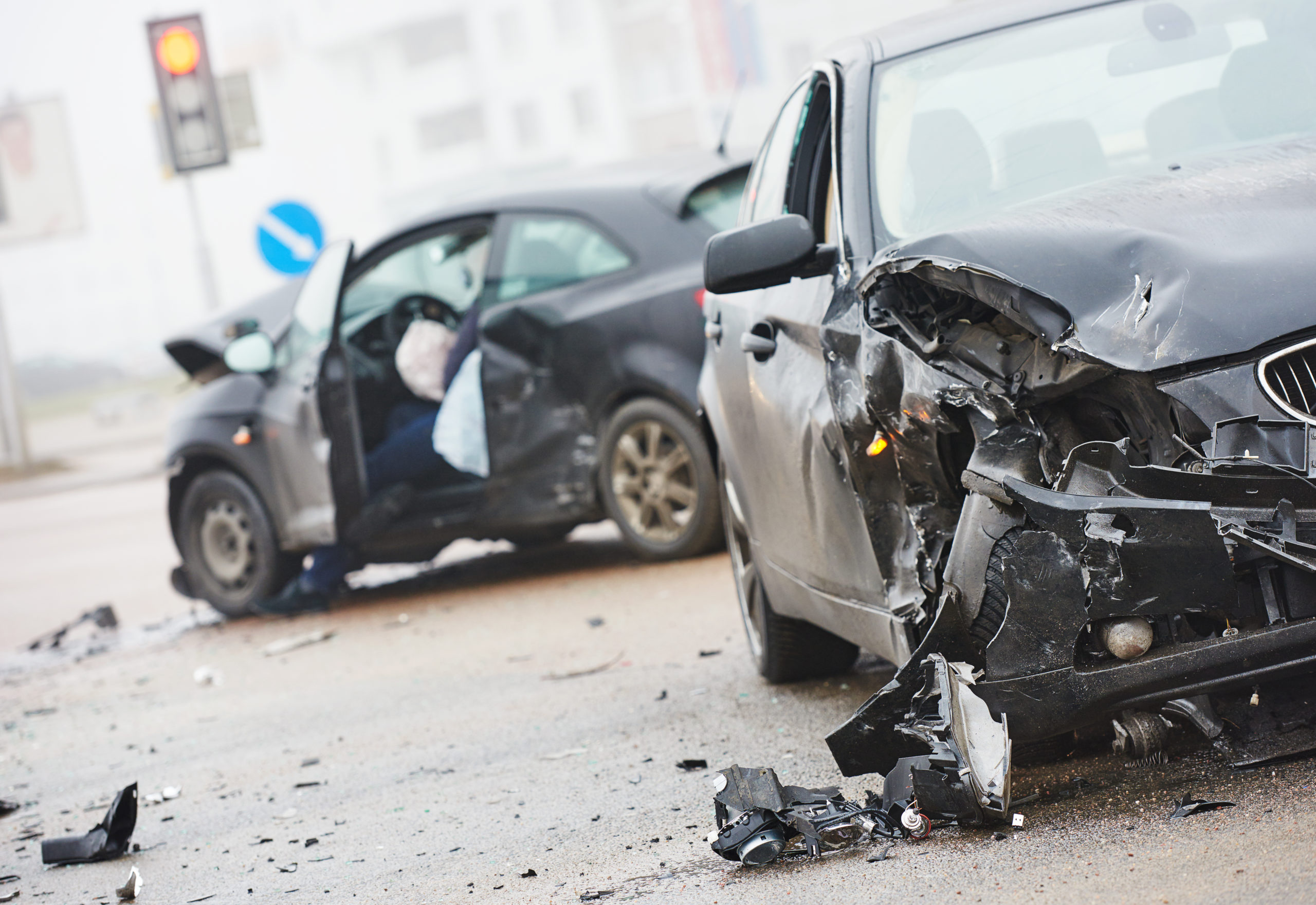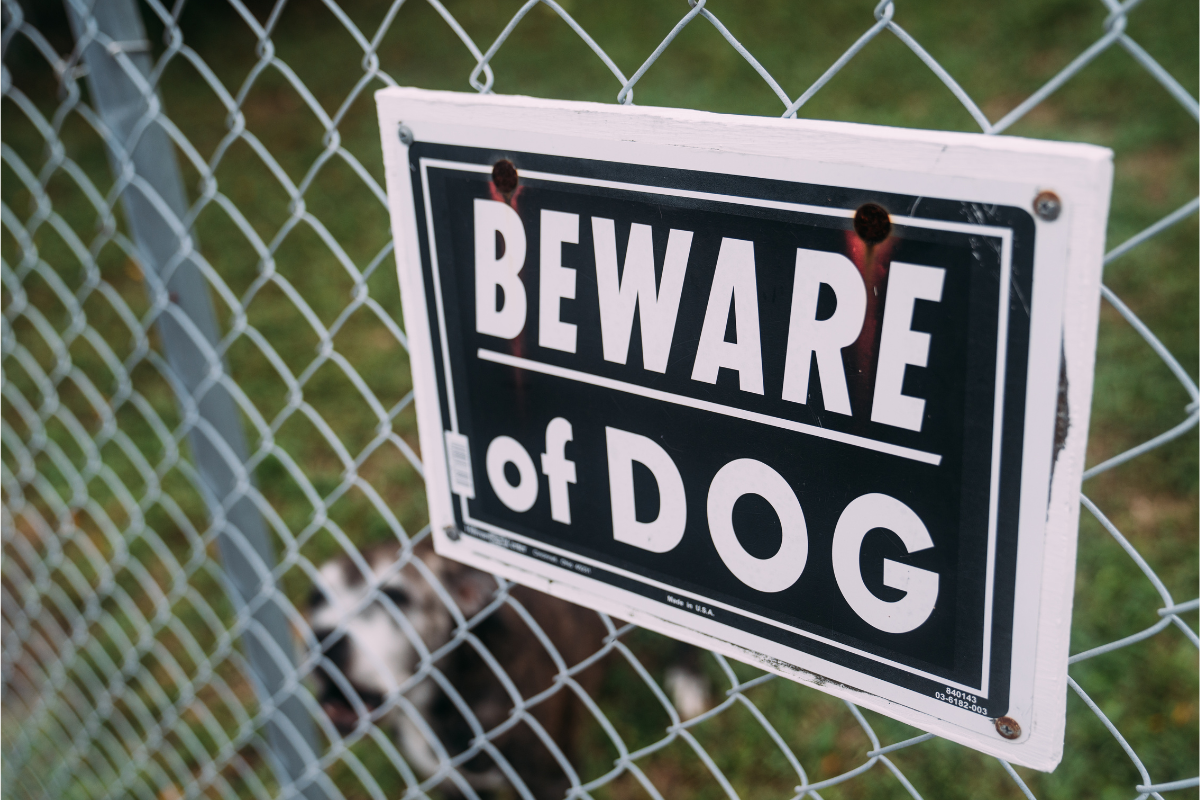As road rage incidents increasingly make headlines, it is crucial to examine the underlying psychological elements driving this dangerous behavior. One significant factor is the “illusion of superiority” complex, where drivers believe their skills surpass those of others, leading to aggressive and risky behaviors on the road. Understanding this illusion and its impact on driving habits is crucial in our efforts to promote safer roads. We can develop targeted strategies to reduce aggressive driving by addressing these psychological roots. Ultimately, our goal is to foster a more empathetic and cautious driving culture that ensures the safety and well-being of all Texas road users.
The Reality of Road Rage in Texas
Texas, like many other states, has experienced its share of road rage incidents. These confrontations often stem from what researchers call an “illusion of superiority”—a belief that your driving skills are superior to others. This mindset can lead to aggressive behaviors, especially when drivers feel challenged or threatened on the road. Understanding this psychological factor is key to addressing the root of the problem.
Alarming Statistics
Aggressive driving and road rage are significant concerns in the United States. In fact, road shootings have surged by more than 400% in the last decade, killing more than 777 people. Texas leads the nation in the highest number of road rage incidents, with a recorded 741. In 72% of road rage incidents in Texas, someone was shot.
Road rage situations often escalate quickly, leading to severe consequences. For example, several fatal accidents on Texas highways this year were directly linked to road rage, underscoring the urgent need for awareness and intervention.
Understanding the Illusion of Superiority
A study published in the Journal of Traffic Psychology and Behaviour highlighted that many drivers believe they are less prone to errors and biases than others. This “illusion of superiority” can provoke aggressive driving behaviors when challenged by actions like cutting off, speeding, or tailgating. The study found that this misplaced confidence often leads to dangerous encounters on the road, as drivers overestimate their abilities and react aggressively when they feel their dominance is questioned.
A Vicious Cycle
According to SafeMotorist.com, about half of the drivers who are targets of aggressive driving respond similarly, perpetuating a cycle of hostility. Common reactions include tailgating, honking, and making rude gestures. This reciprocal aggression can escalate conflicts and increase the risk of accidents. Breaking this cycle requires awareness and proactive measures to manage anger and avoid retaliatory behaviors.
Triggers and Solutions
A 2022 study published in the Journal of Safety Research delved into the triggers and remedies for road rage, offering valuable insights for drivers. The study included a diverse group of participants who identified a range of common stressors that often lead to aggressive driving behaviors. Understanding these triggers is the first step in developing effective strategies to manage road rage.
Common Triggers
The participants pinpointed several common stressors that contribute to road rage, including:
- Traffic Jams: Being stuck in heavy traffic can be incredibly frustrating, especially when you're in a hurry. The slow pace and feeling of being trapped can easily lead to heightened stress levels.
- Running Late: The pressure of being late for an important appointment or event can make drivers more prone to aggressive behaviors, as they might speed or take risky maneuvers to make up for lost time.
- GPS Failures: When technology fails, such as a GPS malfunctioning or giving incorrect directions, it can lead to confusion and frustration, especially in unfamiliar areas.
- Slow Drivers in the Left Lane: Encountering slower drivers in lanes meant for faster traffic can provoke impatience and anger, leading to unsafe driving practices.
- Tailgating: Being followed too closely by another vehicle can make drivers feel pressured and unsafe, often resulting in aggressive responses.
- Discrimination Based on Vehicle Type: Some drivers may feel targeted or disrespected based on the type or size of their vehicle, which can trigger road rage.
Cognitive Techniques
Using the 5x5x5 rule (considering if the issue will matter in five minutes, five hours, or five days) can help put the situation in perspective and reduce immediate stress.
Behavioral Changes
Actions like pulling over safely, using an apology wave, or avoiding known congestion areas can help mitigate aggressive responses and promote safer driving habits.
Relaxation Methods
Techniques such as deep breathing can help calm the mind and body, allowing drivers to regain composure and respond more rationally to stressful situations.
Practical Tips for Texas Drivers
To help Texas drivers manage road rage, here are some additional tips:
- Be Mindful of Others: Remember, the other driver might be someone you know.
- Personalize the Other Driver: Imagine them as a parent, child, or friend to foster empathy.
- Think of the Consequences: Consider the potential for accidents, police reports, and insurance issues.
- Vent Safely: Swear or express your frustration verbally to release anger without engaging in aggressive driving.
- Prepare for Your Journey: Leave extra time, check traffic updates, and ensure you're in a good state of mind before driving.
- Set a Good Example: Drive in a way that sets a positive example for others, especially young passengers.
How Road Rage Can Lead to Car Accidents
Road rage is more than just a momentary lapse in judgment; it can have devastating consequences on the road. When drivers allow anger and frustration to take control, their ability to make rational and safe decisions is significantly impaired. Here are several ways road rage can directly lead to car accidents:
Impaired Judgment and Reaction Time
Anger can cloud a driver's judgment and slow their reaction times. In a fit of rage, a driver may not process information as quickly or accurately as they would normally. This can lead to missed signals, delayed braking, and poor decision-making, increasing the risk of collisions.
Increased Risk-Taking
Drivers experiencing road rage are more likely to engage in risky behaviors such as speeding, weaving through traffic, and running red lights. These actions drastically reduce the margin for error and make accidents more likely. Speeding, in particular, reduces the time a driver has to react to unexpected obstacles or changes in traffic flow.
Aggressive Maneuvers
Aggressive driving behaviors, such as tailgating, abrupt lane changes, and cutting off other vehicles, are common manifestations of road rage. These maneuvers can startle other drivers, causing them to swerve or brake suddenly, potentially leading to multi-vehicle accidents.
Distracted Driving
A driver focused on retaliating against another or expressing their anger diverts their attention from the road. This distraction can lead to a failure to notice important cues. For example, they may miss traffic signs, pedestrians, or sudden stops by other vehicles, increasing the likelihood of a wreck.
Don't Let Illusion Superiority Get the Best of You—Keep It Cool with Carlson All Through June
If you’re in the Killeen area, visit our Killeen law office on Friday afternoons! Throughout June, we will be giving away snow cones and swag. You can also enter to win tickets Summer Fun. Join us as we promote road safety and encourage responsible driving.
Stop by 100 E. Central Texas Expy. Killeen, TX 76541 from 12-2 p.m. every Friday in June!




